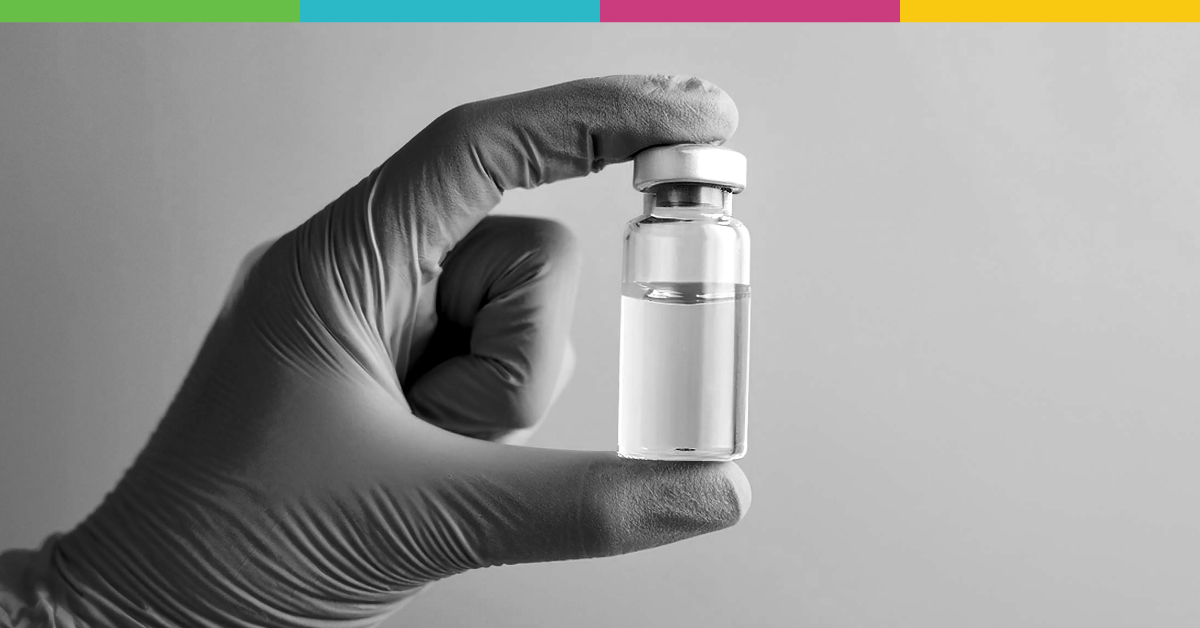CAB-LA is a highly effective injectable PrEP option. However, its ability to suppress viral replication can make new HIV infections harder to detect, which creates a risk of delayed diagnosis and antiretroviral resistance. To address this, the CDC's 2021 PrEP guidelines recommend the use of both HIV antigen/antibody (Ag/Ab) and RNA testing at initiation and throughout CAB-LA use.
To evaluate real-world testing practices and outcomes, CDC researchers used the HealthVerity Marketplace data ecosystem of prescription, laboratory, and insurance records. The data spans more than 20 major sources. The resulting cohort included 983 individuals prescribed CAB-LA PrEP between January 2022 and June 2023. It represents the largest real-world U.S. cohort of CAB-LA users to date, with up to seven months of follow-up. The CDC researchers chose the HealthVerity database for their analysis because it included merged longitudinal HIV laboratory testing and ARV prescription data that allowed them to create a cohort of real-world people who use CAB-LA PrEP during their initial 3–7 months of use.
Currently, HealthVerity Marketplace provides access to over 75 data sources, enabling precise cohort identification for public health research and policy analysis.
What the HealthVerity data ecosystem enabled:
The study revealed several key insights that can help shape future CDC guidelines and public health strategies1:
- The study did not identify any cases where RNA testing led to an earlier diagnosis compared to Ag/Ab testing alone.
- HealthVerity data showed that while HIV test positivity rates were 0.6% for both Ag/Ab and RNA at CAB-LA PrEP initiation, follow-up RNA testing identified fewer positives (0.1%) and never detected HIV earlier than Ag/Ab, suggesting limited added value for routine monitoring (Figure 1).
- RNA testing showed a false-positive rate of 0.09% and a positive predictive value of 50%. These results again suggest that routine RNA testing during follow-up may provide limited additional value.
- Notably, nearly 79% of the cohort were Medicaid beneficiaries, and more than two-thirds identified as Black or Hispanic. These characteristics reflect key populations at higher risk for HIV and underscore the importance of using HealthVerity data to inform equity-focused program design and resource allocation.

Figure 1. Positivity rates were highest at CAB-LA PrEP initiation (0.6% for both Ag/Ab and RNA tests). During follow-up, Ag/Ab testing identified more positives (0.3%) than RNA testing (0.1%), suggesting limited added value of RNA testing for routine monitoring. Figure created using HealthVerity data from Zhu, et al., 20251.
In addition to evaluating test performance, this study demonstrates the critical role of longitudinal, real-world data in national HIV surveillance. The ability to observe HIV testing outcomes across diverse populations and geographies supports data-driven monitoring of CAB-LA effectiveness in practice.
Why it matters
This study demonstrates the value of privacy-protected, linked real-world data for public health surveillance and program evaluation. By using the HealthVerity data ecosystem, CDC researchers were able to conduct a rigorous, longitudinal analysis that reflects real-world implementation of CAB-LA in diverse and representative populations.
The findings reinforce the effectiveness of antigen/antibody (Ag/Ab) testing for routine HIV monitoring and provide evidence to help refine follow-up testing protocols. With detailed insights into prescription trends, testing behavior, and patient retention over time, HealthVerity data enables agencies to monitor CAB-LA uptake, assess implementation fidelity, and identify areas for improvement.
“The use of real world data is still being viewed conservatively in some agency circles. Their gold standard is still direct patient collection, but they’re missing so much potential.” - Tracy Hammonds, Ph.D., Director of Real-World Data Insights at HealthVerity
For federal and state public health programs, these real-world insights support data-driven decision-making, optimize resource allocation, and help advance health equity by evaluating outcomes among Medicaid populations and other high-priority groups.
Explore what’s possible with HealthVerity
Government stakeholders seeking to enhance HIV prevention programs, evaluate treatment protocols, or monitor population health trends can use the HealthVerity real-world data ecosystem to support decision-making. Our solutions include HealthVerity Mastersets for research-ready datasets, Identity Manager for privacy-preserving identity resolution, and Marketplace for building custom cohorts and exploring intersections. Each product supports more informed, more timely public health action.
HealthVerity is also FedRAMP authorized at the Moderate security impact level, allowing federal agencies to adopt our privacy-preserving record linkage (PPRL) solution without additional onboarding or security vetting. Our FedRAMP designation, along with active Authorities to Operate (ATOs) from more than 40 federal agencies, reflects our commitment to delivering secure, compliant infrastructure for government-sponsored research and public health initiatives.
References
- Zhu W, Delaney K, Huang YLA, Patel RR, Kourtis AP, Hoover KW. Real-world human immunodeficiency virus rna and antigen/antibody testing among people who use long-acting injectable preexposure prophylaxis. Clinical Infectious Diseases. Published online April 3, 2025.





